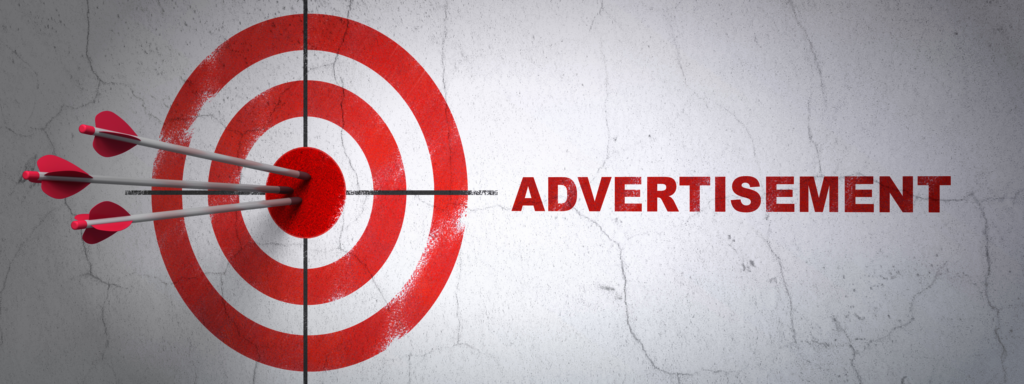
Tel: : 416-748-9236

Author: Marsha Simone Cadogan, Barrister & Solicitor
As a manufacturer, making informed decisions on marketing your products to capture and maintain its market share is essential. The law allows comparative advertising if truthful, not disparaging or ambiguous, and complies with statutes governing trade, consumer, and competition laws. The rules of engagement that manufacturers and market strategists must comply with in distributing and marketing their products and services are addressed in several statutes, including the Trademark and Competition Acts of Canada. The Federal Court of Canada (FC) recently clarified the law in the Energizer v Duracell case regarding the permissible parameters for competitors who use comparative advertising as part of their marketing strategies. This case pertained to claims of trademark depreciation and the use of false or misleading statements about a competitor’s product.
The circumstances that gave rise to the claim were the shipment of Duracell packages bearing Energizer’s MAX AA and Energizer HA stickers into Canada. An unintentional operational error was blamed for the batteries’ stickering, shipment, and distribution. In marketing products and services, manufacturers sometimes use comparative performance slogans to contrast aspects of their products against those of their competitors. In the context of the Trademarks Act, these slogans are permissible if they do not run afoul of its provisions. Duracell’s packaging included a slogan that compared its product to be longer lasting than Energizer and used the words “the bunny brand, “next leading brand,” and “Energizer Max” on its packaging. Energizer Max is a registered trademark of Energizer.
Energizer’s claims against Duracell were not based on trademark infringement or confusing uses but on trademark depreciation and using false and misleading statements, which it asserted affected its business. The FC held that Duracell’s use of Energizer’s registered trademark on its packaging had depreciated Energizer’s trademark. Energizer had satisfied the four-part test for trademark depreciation.[1] This entails establishing that (a) the defendant had used the plaintiff’s registered trademark with goods or services, with those of its own; (b) the plaintiff’s registered trademark is sufficiently well known to have a significant degree of goodwill attached to it (c) there is a linkage between the defendant’s use of the trademark and its value or reputation to consumers and (d) the likely effect is to depreciate or cause damage to the value of the goodwill.[2] Each element of the test is connected.
Trademark depreciation happens when the importance consumers place on a mark is eroded by how others use it or portray it vis-a-vis other products or services. A trademark cannot depreciate if it has no goodwill. The FC found substantial goodwill attached to Energizer’s registered trademarks, and Duracell’s use of the trademark will likely cause its value to deteriorate. A permanent injunction was ordered against Duracell, enjoining the company from using Energizer’s trademarks and the stickers bearing Energizer’s trademarks and logo on Duracell’s battery packages. Damages were also awarded against Duracell for using Energizer’s trademarks in a loose or gossipy manner, in other words – for “bandying about” its trademark.
Energizer failed to establish that Duracell’s statements were false and misleading to the detriment of its goodwill. The FC found the impugned words truthful and unambiguous. The FC found no trademark depreciation due to Duracell’s use of the “bunny brand” on the packaging, as no negative impact on the trademark’s goodwill was shown. In addition, the phrase “the next leading brand” was inconspicuous on the packaging and not likely to resonate with the average consumer who does not spend time scrutinizing or considering the product before purchasing it.[3]
Importance to businesses
Although the law allows a competitor to compare aspects of another competitor’s product or service to its own, these parameters are not without their borders. In developing marketing campaigns, designing product packaging and launching products, strategists will likely need to ensure comparison performance claims do not impede the trademark rights of their competitors and are compliant with the Competition Act.[4]
[1] Veuve Clicquot Ponsardin v Boutiques Cliquot Ltée, 2006 SCC 23.
[2] Ibid; Energizer Brands, LLC and Energizer Canada Inc. v The Gillette Company, Duracell Canada, Inc., Duracell U.S. Operations, Inc., and Procter & Gamble Inc, 2023 FC 804, para. 88.
[3] Masterpiece Inc. v Alavida Lifestyles Inc., 2011 SCC 27.
[4] Competition Act, s. 52(1).
This post is for general information purposes only, and is not intended as legal advice.